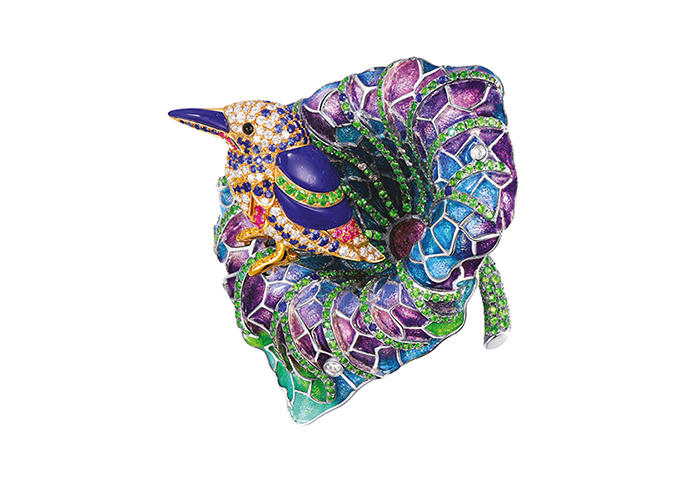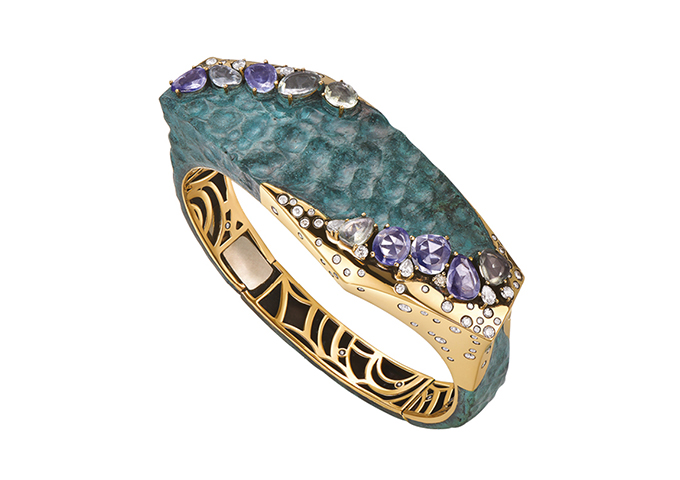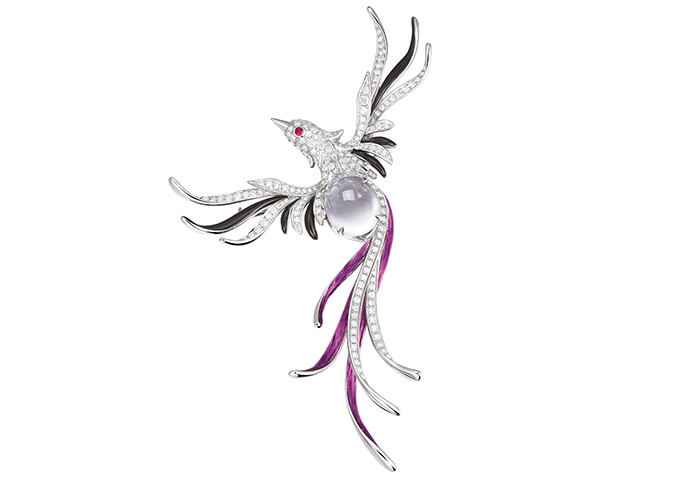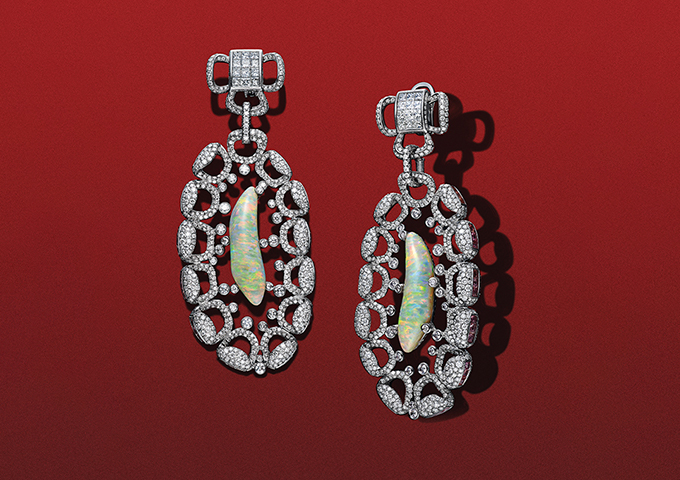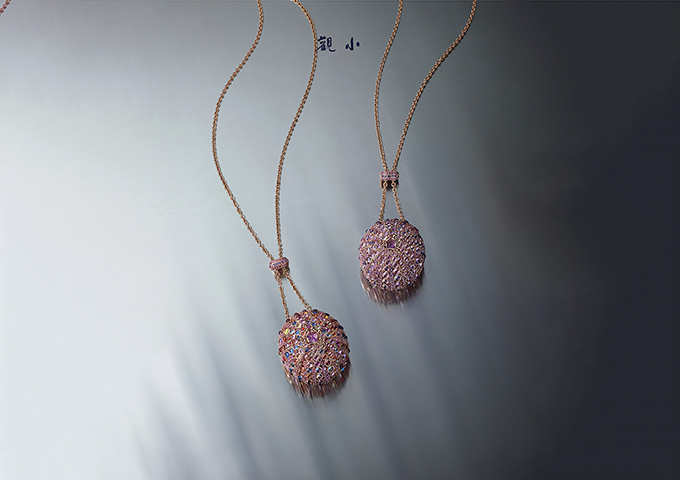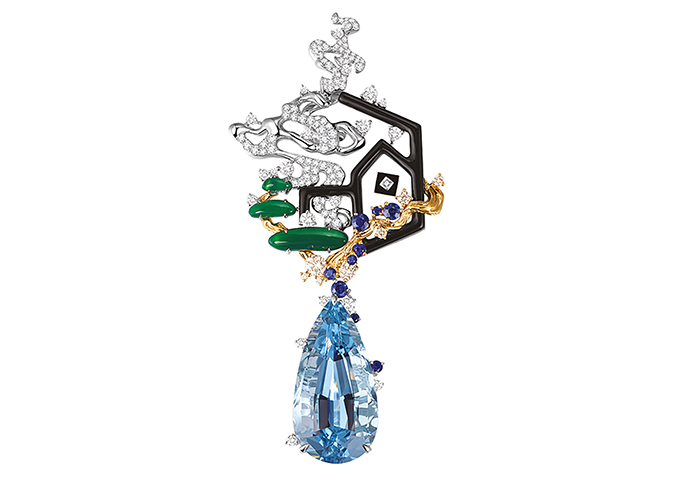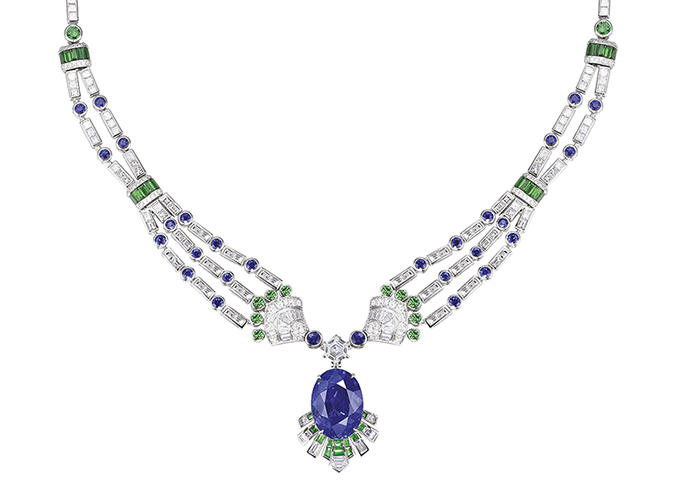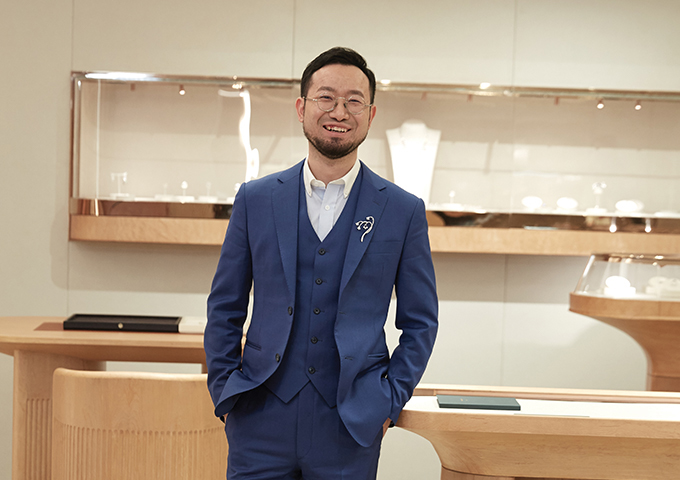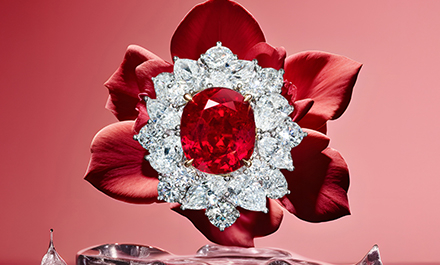In a market dominated by jewellery chain stores, China’s inventive designers are building their brand strategies, with their cultural roots, unique experiences and international vision fuelling their creativity and distinctive style. Armed with business know-how, these brands are leading significant changes in China’s jewellery industry.
Designers are taking a more frontline role in China’s jewellery industry, which has always been dominated by manufacturers. While majority of Chinese consumers still put a premium on the cost of raw materials as opposed to the value behind the design and craftsmanship, upper- and middle-class clients are consistently gravitating towards exceptional and more personalised products.
Mass-produced jewellery pieces offered by major jewellery chains still have a following but brands are providing the market with a more creative option. Today’s buyers, led by younger generations, are increasingly favouring more sophisticated and individual products, hence the steady rise in popularity of jewellery designer brands. “A designer brand targets specific groups of clients, gaining market acclaim for their low-volume but high value-added pieces,” explained Grace Tang, founder and art director of Grace Tang Fine Jewelry.
“Instead of engaging in competition, brands should focus on their craft and their creative identity amid market changes. What remains constant is the design DNA unique to each brand.”
Aesthetic concepts
Several jewellery designers who founded their own brands have had experiences studying and working overseas. Tang remarked that inspiration comes naturally and organically, and not merely dictated by an intermingling of Chinese and Western cultures.
She further noted, “Art knows no borders and good work will always appeal to everyone. I do not deliberately define my designs as Eastern- or Western-inspired. In retrospect, Eastern and Western cultures and arts have been influencing each other and growing together. This is especially true for contemporary art.”
Designer Pan Yuhang of Pans Jewelry said the core of his brand is creating value for clients by offering “stability, rather than individuality.” Pans Jewelry, also known for offering intricately designed jewellery boxes, uses prized and highly sought-after coloured gemstones set in classic designs. Pan’s creations are also interchangeable to add to the jewellery pieces’ versatility and uniqueness.
Artistry is also the hero of Zhao Jingsi’s designs. Her brand, Xiao Guan Jewelry, roughly translated as "small view” in English was her creative concept. It pertains to seeing the larger picture through a small perspective, which in this case is represented by her jewellery.
The designs are carefully planned. Aesthetic logic meets manufacturing prowess or technical innovation to create a microcosm of the world as we know it, which can be beheld and appreciated through jewellery. “A poetry without words, a temple between fingers, a miniature landscape,” as described by Zhao.
Aside from its beauty, the jewellery piece needs to be functional and wearable so it is truly relevant to the owner, added the designer.
Inspiration meanwhile is the crux of Kelly Xie’s masterpieces. “Sources of inspiration are vast – flowers, birds, landscapes, giant architectural art, abstract geometric images – everything can inspire an artist. I always integrate Chinese cultural elements such as poetry, motifs and paintings in my designs,” noted the founder and chief jewellery designer of Kelly Xie Fine Jewelry.
Business sense
Building a brand is a challenging journey for every designer since it takes more than just artistic talent but a nose for business. Successful jewellery designers are heavily involved in the sourcing of raw materials as well as the manufacturing stage, working with master craftsmen to ensure that every creative detail is meticulously carried out. They are also expected to make major business decisions pertaining to location, shop design and hiring a team.
According to Sun Jie, a professor at Tongji University and a renowned Chinese scholar in the field of jewellery design and education, establishing a brand requires leadership, management and entrepreneurial skills. After all, the founder and designer functions both as the head of business and the creative mind behind the brand. “The designer can also work with a partner in a field that he is not familiar with. The 21st century is an era of collaboration, and it is important to learn to work together with a partner or a team. It is almost impossible to survive on your own,” he commented.
Xie supported this sentiment, adding that designers may often feel that business and the arts contradict each other but these two concepts are in fact closely related.
“Great art commands a high price. This was evident in the last few years, especially at jewellery or art auctions where prices are constantly on the upswing,” she remarked. “This is important because in this way, valuable items are treasured and protected.”
Sustaining a competitive edge
Over the years, designers in China have implemented various business strategies aimed at promoting their brand and expanding their market reach, including opening shops and galleries in wealthy cities. They also actively engage in media campaigns and participate in interviews to be featured in newspapers, magazines and trend books. Some have co-branded with different companies while others are active in multiple platforms such as galleries, fashion runways and design competitions to enhance their influence.
Social media is another important aspect of brand building. According to Xie, she began posting her designs on social media platforms in 2012. She has so far amassed 146,000 followers and around 600,000 likes on Xiaohongshu or Little Red Book, the social media and e-commerce platform on luxury and fashion. Her annual orders have likewise soared to four-digit levels. “A designer as a creator is an artist. A designer as a professional is a product and service provider,” remarked Tang. It is therefore imperative for designers to define their “brand tone of voice” to effectively market their unique attributes. This should be repeatedly emphasised in all marketing campaigns and promotions to gain further momentum.
“Good work on its own will strike a chord among consumers, but it also needs to grab the attention of the public,” said Tang. “That is why designers also need to share the story behind every jewellery piece that will resonate with prospective buyers. Promoting yourself and your brand is essential.”
Designers have at their disposal various platforms to promote their brands such as commercial art exhibitions and international design competitions. They can also take advantage of several online and offline marketing channels to reach a wider range of audiences, depending on their budget and purpose.
The future of design
Sun of Tongji University explained, “In the information age, the role, mission and approach of design have changed dramatically. Design has expanded and upgraded from being a link in the industrial and innovation chain to influencing and innovating the system and the whole process.”
In fact, several companies and brands who are leaders in their respective industries are design- and innovation-driven such as Apple, Dyson, Hermès and Louis Vuitton, to name a few. Design development plays a key role in these companies’ operations so there is a high degree of added value to the consumers. Design sets them apart from the competition and further elevates their social status and contribution to the industry.
Looking back, innovation in society has evolved from technology- and manufacturing-led to market-oriented and brand-driven. In the 21st century, this has further advanced to meet the social and personal needs of consumers.
“The influence of design can effectively change individual perceptions and social life, creating not only economic or personal values, but renewing and advancing the development patterns of society. The design itself might change the way society and people communicate,” added Sun.
Xie, for her part, said the emergence of designer brands presents an unprecedented opportunity for jewellers. “Consumer demand in the fine jewellery market is increasingly segmented and people are more willing to pay a higher premium for original and personalised designs that meet their needs,” she concluded.




